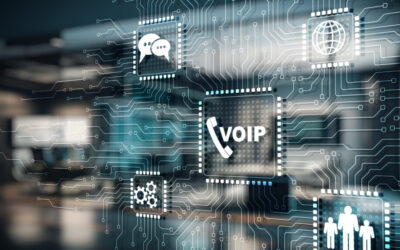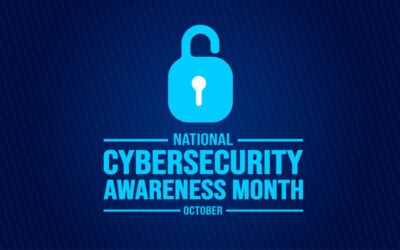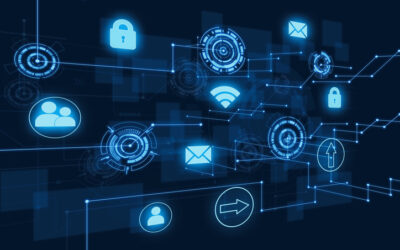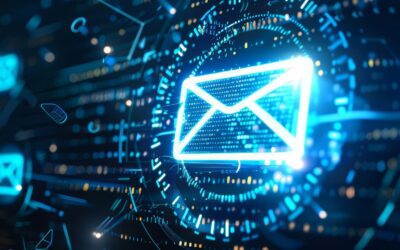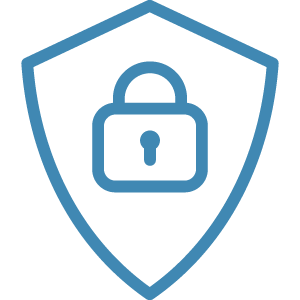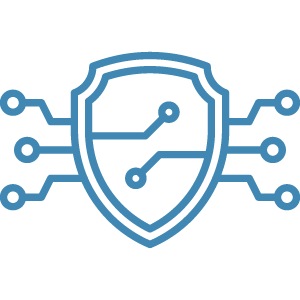IT Resources
IT Resources
Helpful IT Insights, Tips and Updates
Welcome to our IT resources page! This is your go-to place for tips and advice on everything IT. Our IT blog has helpful articles to keep your systems secure, your data safe, and your IT running as it should.
Stay in the Know
Make sure to check back for new posts, and if you ever need help, don’t hesitate to reach out to us.
Our Latest Blog Posts
We regularly update our blog with helpful posts on IT best practices, trends and tips. Here are our most recent articles
Why Your Business Needs a Data Backup & Recovery Plan
We all know how important our business data is in today's digital world. We are creating and using tons of new data every day. In fact, according to Forbes, there are 2.5 quintillion bytes of data created every 24 hours, and much of this business data is essential to...
Elevate Your Business with IT Outsourcing in 2025
In today’s rapidly evolving technological landscape, businesses of all sizes are grappling with the increasing complexity of IT management. From cybersecurity threats to infrastructure maintenance, the demands on IT teams are mounting. Outsourcing IT services has...
Discover the Advantages of AI Cybersecurity Solutions
Discover the Advantages of AI Cybersecurity Solutions In today’s digital world, businesses face an overwhelming volume of daily cyber threats—over 200,000 alerts for a typical mid-sized company, according to TechRepublic. Managing such a flood of alerts is...
VoIP Phone Systems Drive Down Costs and Boost Productivity
VoIP Phone Systems Drive Down Costs and Boost Productivity At GainSide, we’re always looking for ways to cut costs and increase efficiencies. VoIP phone systems are a proven technology that fits the bill. What if you could improve business communication, boost...
Cybersecurity Awareness Month: 4 Essential Tips to Protect Your Digital Fortress
Introduction October is Cybersecurity Awareness Month, a time dedicated to raising awareness about online threats and empowering individuals and businesses to safeguard their digital assets. In this blog post, we’ll explore four essential tips to enhance your...
Defend Your Data with Cybersecurity Awareness and Training
Did you know that most data breaches start with a simple email—specifically a phishing email? Cybercriminals are becoming more sophisticated, making it critical for businesses to train their employees on how to identify and respond to cyberthreats. With cybercrime on...
Does Your MSP Have the Cybersecurity Expertise You Need?
In today’s threat landscape, having a managed service provider (MSP) handle your IT infrastructure isn’t enough if they’re not equipped with advanced cybersecurity expertise. Cyber threats are becoming more sophisticated, with everything from ransomware to zero-day...
Email Security: Protecting Yourself From Cyber Attacks
Experts estimate that there are nearly 8 billion active email accounts worldwide. This number is continually in flux, but paints a picture of the current global email landscape. Email remains a steadfast form of communication, especially in business settings, but it’s...
Cybersecurity Mistakes to Avoid
According to IBM's 2024 Cost of a Data Breach Report, the average global cost of a data breach reached $4.88 million this year, representing a 10% increase from 2023. The reality is, the threat of a cyber attack is always looming as bad actors continue to evolve,...
How AI Can Help Protect Your Business From Malicious Activity
Cybersecurity has entered a new era — where threats are too fast-moving, varied, and complex for manual defenses to keep pace. The explosion of new attack vectors, including ransomware, phishing, and zero-day vulnerabilities, requires more than just human oversight....
5 Reasons Changing Your IT Support Is Worth It
When was the last time you assessed your information technology (IT) support model? Whether you have an in-house team, rely on a managed service provider (MSP), or use a hybrid approach, many companies are reluctant to change their IT support structure. Often,...
Addressing Persistent and Growing IT Skills Gaps
With the rise of artificial intelligence (AI) and other advanced technologies, the future of IT has never looked more promising … and complex. Supporting these technologies and the individuals who use them requires specialized skills, robust policies and procedures,...
Our Latest Videos
Watch our videos to learn how our security services impact our customers’ businesses on a daily basis.
Our Latest eGuides
COMING SOON!
Check Out Our IT Services
Take a look at what we offer and see how we can help your business

Managed IT Services
Get 24/7 IT support and management to keep things running smoothly.

IT Security Services
Keep your business protected from cyber threats with endpoint protection, email security and more.
Data Management & Backup Solutions
Keep your data safe with cloud backup, hosting and recovery options.



